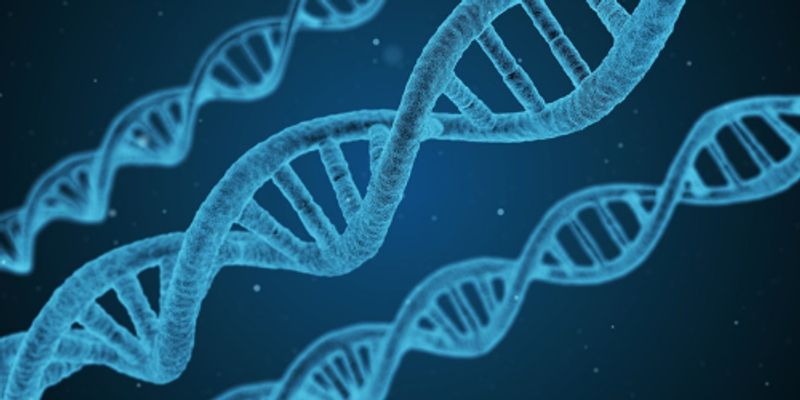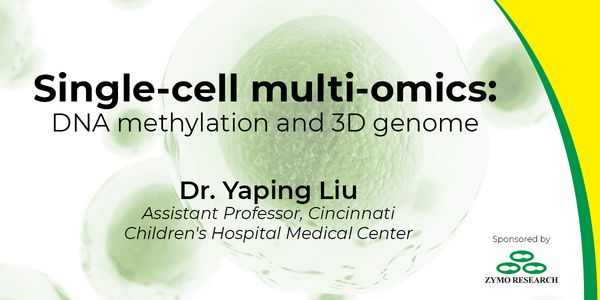Methylome
5-Methylcytosine (5mC) is the methylated form of cystine, one of the four bases which makes up DNA. The total distribution of 5mC in the genome is defined as the methylome. Because patterns of methylation are often disrupted in disease pathology, the methylome can be used for therapeutic development.
-
MAY 19, 2022 | 8:00 AMDate: May 19, 2022 Time: 8:00am (PDT), 11:00pm (EDT), 5:00pm (CEST) Mass spectrometry (MS)-based proteomic technologies are increasingly applied in a clinical context for disease classific...Ribonucleic acid (RNA) has a breathtaking variety of biological functions, which far exceeds its classical role as a carrier of genetic information. The repertoire of this versatile molecule...
Prokaryotic DNA contains three types of methylation: N6-methyladenine, N4-methylcytosine and 5-methylcytosine. The lack of tools to analyse the frequency and distribution of methylated resid...
APR 15, 2020 | 9:00 AM
DATE: April 15, 2020 TIME: 9:00am PT, 12:00pm ET We report a molecular assay, Methyl-HiC, that can simultaneously capture the chromosome conformation and DNA methylome in a cell. Methyl-HiC...
Tuberculosis has killed more than one billion people in the last 200 years. It is the oldest and the deadliest human pathogen, recently surpassing HIV. Its adaptation to host and drug pressur...
Concerted efforts over past decades have established a thorough understanding of the canonical somatic DNA methylation landscape as well as its systematic misregulation across many cancers. H...
Recent advances in DNA sequencing have now made it possible to characterize genomes, transcriptomes and even methylomes which is transforming both basic research and clinical practice. Whole...
MAY 19, 2022 | 8:00 AM
Date: May 19, 2022 Time: 8:00am (PDT), 11:00pm (EDT), 5:00pm (CEST) Mass spectrometry (MS)-based proteomic technologies are increasingly applied in a clinical context for disease classific...
Ribonucleic acid (RNA) has a breathtaking variety of biological functions, which far exceeds its classical role as a carrier of genetic information. The repertoire of this versatile molecule...
Prokaryotic DNA contains three types of methylation: N6-methyladenine, N4-methylcytosine and 5-methylcytosine. The lack of tools to analyse the frequency and distribution of methylated resid...
APR 15, 2020 | 9:00 AM
DATE: April 15, 2020 TIME: 9:00am PT, 12:00pm ET We report a molecular assay, Methyl-HiC, that can simultaneously capture the chromosome conformation and DNA methylome in a cell. Methyl-HiC...
Tuberculosis has killed more than one billion people in the last 200 years. It is the oldest and the deadliest human pathogen, recently surpassing HIV. Its adaptation to host and drug pressur...
Concerted efforts over past decades have established a thorough understanding of the canonical somatic DNA methylation landscape as well as its systematic misregulation across many cancers. H...
Recent advances in DNA sequencing have now made it possible to characterize genomes, transcriptomes and even methylomes which is transforming both basic research and clinical practice. Whole...







